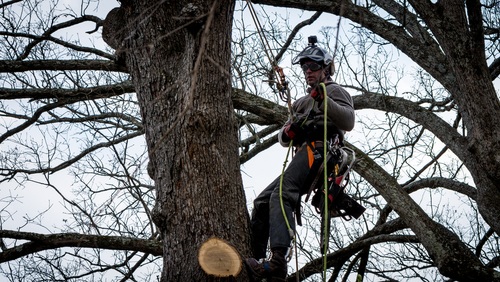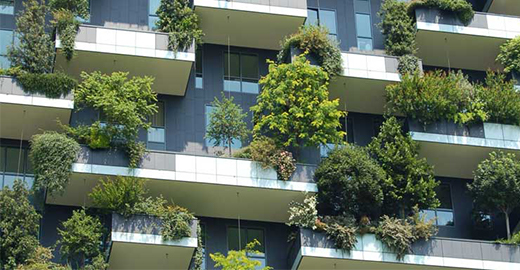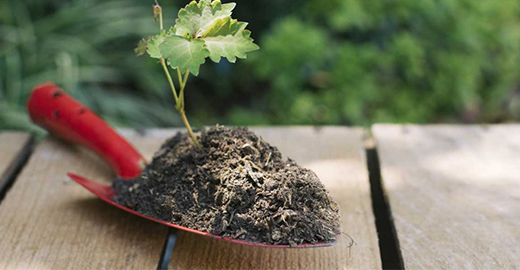Thanking Barry for the continual gardening service you provide us at our Hunters Hill Home. Love your work.


A Better Price offers full gardening and tree services for residential and commercial properties in Darlinghurst area. When it comes to tree removal, we are the top provider of tree services for your region. With professional tree loppers and tree trimmers, we are equipped to do any arborist’s work in perfection.




Why People Choose Us
Gardening & Landscaping Services in Darlinghurst, Quality Garden Care.
When it Comes to Gardens and Landscaping we provide A Better Price hands down.
Darlinghurst is an inner-city, eastern suburb of Sydney, New South Wales, Australia. Darlinghurst is located rapidly east of the Sydney central matter district (CBD) and Hyde Park, within the local government Place of the City of Sydney.
Darlinghurst is a densely populated suburb in the same way as the majority of residents blooming in apartments or terraced houses. Once a slum and red-light district, Darlinghurst has undergone urban renewal before the 1980s to become a cosmopolitan area made occurring of precincts. Places such as Victoria Street (which connects Darlinghurst to Potts Point in the north), Stanley Street (Little Italy) and Crown Street (Vintage and Retro Fashion) are known as culturally wealthy destinations. These high street areas are united by a network of lane-ways and street corners behind shops, cafes and bars.
Demographically, Darlinghurst is home to the highest percentage of generation X and Y in Australia. The majority of businesses in Darlinghurst are independently owned and operated small businesses with over 50% of all commercial to-do in the Place being consumer oriented: indie retail, food, drink, dining, leisure and personal services. Darlinghurst is also home to large number of off-street creative industries.
Darlinghurst’s main street is Oxford Street. This major Sydney road runs east from the south-eastern corner of Hyde Park through Darlinghurst and Paddington and terminates at Bondi Junction. Oxford Street is one of Sydney’s most well-known shopping and dining strips. The Darlinghurst decrease is well-known around the world as the middle of Sydney’s gay community, is the twelve-monthly parade route of the Sydney Mardi Gras and the spiritual birthplace of the LGBT rights movement. It is home to a number of prominent cheerful venues and businesses, while more broadly Darlinghurst is a middle of Sydney’s burgeoning little bar scene.
From the 1990s onwards Oxford Street began to garner a reputation for inborn Sydney’s primary “nightclub strip”, popular past both cheerful and straight clubbers, surpassing the notorious red-light district of Kings Cross in popularity. As a result of the influx of revellers, crime rates reportedly increased in the Place around 2007, particularly for assaults and robberies. This reported layer should be understood in terms of a extremely low background crime rate in East Sydney in general.
There are a number of named localities in and going on for Darlinghurst including Taylor Square, Three Saints Square, Kings Cross and confusingly moreover East Sydney. Locals have used this declare to lecture to to the area immediately on the subject of Stanley Street in the suburb’s west, however the title is used more broadly throughout the area from Woolloomooloo up to Taylor Square where the out of date Darlinghurst Gaol nevertheless has the words East Sydney in brass lettering above the main entrance. This is because from 1900 to 1969 the entire Place to the east of Sydney’s CBD, from the harbour to Redfern, was an electorate known as the Division of East Sydney.
Already in 1820 the complete ridge line running from Potts Point to Surry Hills was known as Eastern Hill.
Darlinghurst shares a postcode (2010) and an extensive soft southern connect with neighbouring suburb Surry Hills which, with Paddington to the east and Woolloomooloo, Rushcutters Bay and Potts Point to the north, comprise the metropolitan region of East Sydney. Although without help minutes walk away from the Sydney CBD, this region is geographically determined from it; separated from the more well known commercial middle by several landmarks: Central railway station, Hyde Park, St Mary’s Cathedral and The Domain.
East Sydney hosts some Famous restaurants.
Sydney’s Eastern Suburbs cover all the home from the east of Darlinghurst occurring to the Pacific Ocean.
Yes, we do and how do I get one you may ask?! Well, it’s as easy as picking up the phone and ringing our number. You’ll be put in touch with our friendly team who’ll organise an appointment for one of our team members to evaluate the job and give you a free quote!
We provide a comprehensive aftercare service for new landscape gardens designed and built by us. We pride ourselves on how we continue to look after our clients and their gardens once the build stage is completed. We can also give you detailed garden maintenance notes for all your plants, email you monthly tailored advice or organise the maintenance by one of our dedicated gardeners on your behalf. We usually meet clients once or twice a year to talk about further improvements
Every council has a slightly different TPO (Tree Preservation Order), so search the local council if you are not aware. We also have links and summaries on our website from various TPO councils. If you are still not aware that our counselor is very familiar with the councils on which we operate and will advise you on this.
Yes, we do! Once we’re done mowing the lawns, trimming the hedges and pruning the trees, we will then clear out all the rubbish generated. We can also offer services to pick up other kinds of household rubbish that you have lying around.

Thanking Barry for the continual gardening service you provide us at our Hunters Hill Home. Love your work.

Shall recommend for everyone for Gardening and Landscaping Services.
We are currently looking for a local Gardener in Darlinghurst who has experience in Residential and Commercial Gardening, Garden Makeover and Maintenance, and other Garden Services, who is also available for immediate 24 hour roster work, and can attend to jobs on the same day. Must be ready to go through COVID-19 compliance. If you wish to apply for this position. Please apply through jobs@abeterprice.com.au
You may call any contact number, ask for Barry!